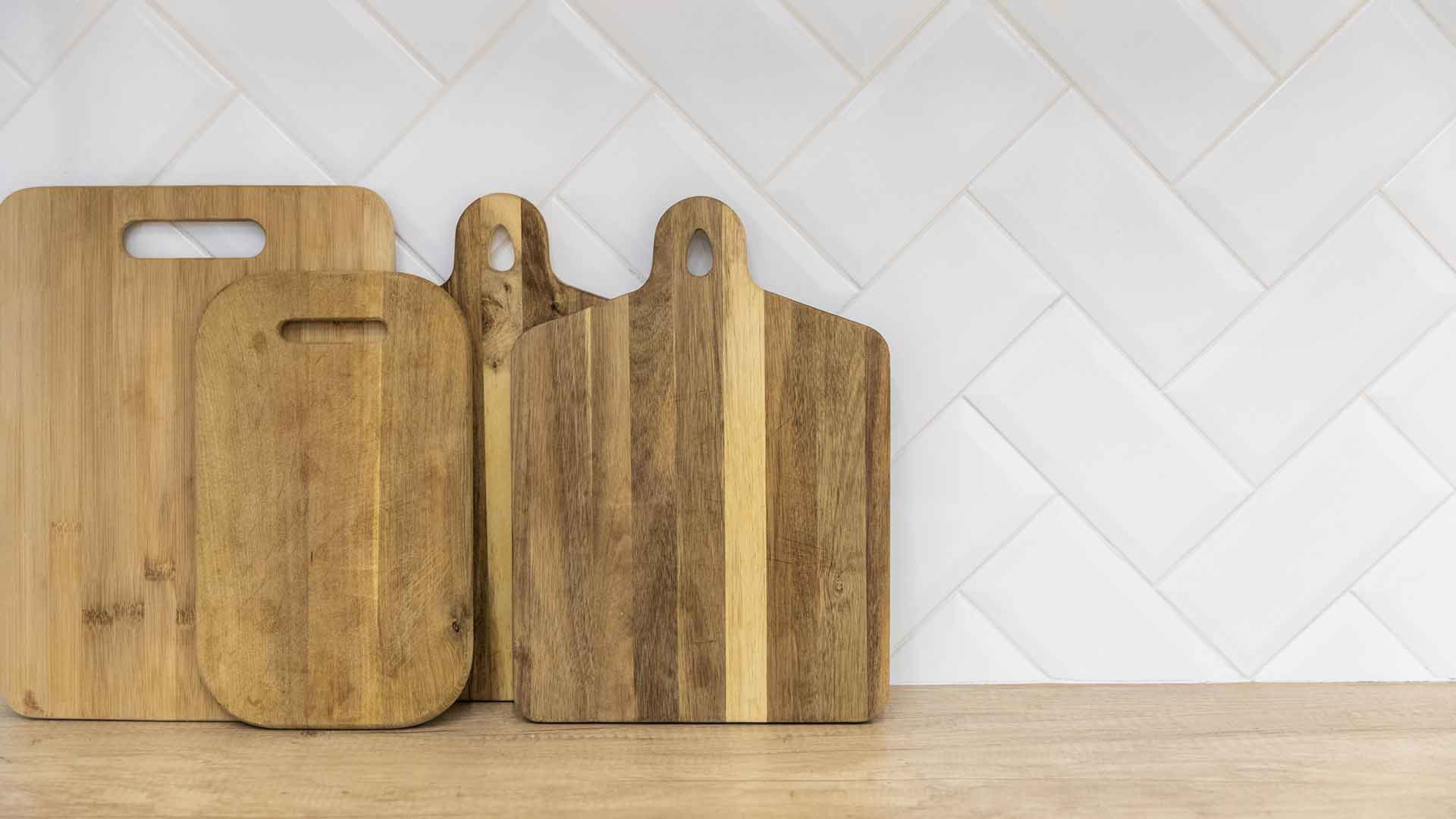Whether you’re tiling up your kitchen or your bathroom, you may consider hiding your grout lines either for convenience or aesthetic reasons. Grout color and tiling go hand in hand when adding finishing touches in your interior.
In this article, we will go over two different ways to hide grout lines and why it is recommended in your kitchen and bath interior.
How To Hide Grout Lines?
As mentioned before, there are really only two ways to hide grout lines to give you the best looking results. They are:
Continue reading to learn more.
1. Make Your Grout Lines The Same Color As Your Tile
When picking a tile, you can have infinite options. Some things to consider when picking grout for your tile, is to match its color in order to give your kitchen and bath tile a seamless appearance of not having any grout lines.
PROS
It allows for a clean, modern look that can be both functional and aesthetically pleasing, through flexibility in terms of grout color, texture, and pattern.
CONS
Some may find this aesthetic too plain or boring for their tastes, and if done incorrectly, it can make a space look unfinished, cold or unappealing
How to pull this off?
This look is known as a monochromatic effect and can also be called minimalism in the design world.
- A good rule of thumb is color matching your grout and tile.
- Make sure that everything blends out nicely regardless of texture or design.
- By using the same color grout throughout the space, you can create a cohesive look that won’t be too overwhelming.
- The goal is to make your tiling stand out, not your grout.
2. Make Your Grout Lines Appear Thinner
Thinner grout lines have gained traction in popularity, this would make sense since the thinner it is, the easier it is to maintain. This also brings out your kitchen and bath tiling better.
PROS
They decrease maintenance requirements and enhance the look by reducing space between tiles, highlighting the tiles themselves.
CONS
It may be more difficult to achieve as there is little “wiggle room” during installation, furthermore, unsanded grout joints are weaker and harder to clean than sanded grout, which resists dirt and grease better and maintains its color.
How to pull this off?
- Use rectified tiles that are precisely cut and symmetrical.
- Use a small tile spacer will create even gaps between your tiles and mark out the width of your grout line.
- Unsanded grout is recommended for small joints up to 1/8 inch wide.
- Considering the width of the grout joint between the tiles is important for both aesthetic and structural purposes.
Now that you know how to hide grout lines through picking grout colors that pair well with your tiling, it’s time to get to know your grout by checking out what grout colors you might want to avoid!
About Us:
Founded in 2017, Satin and Slate is one of the elite interior design studios in Southern California. Located in Long Beach, this dedicated team of designers oversees from kitchen and bathroom renovations to commercial projects. Equipped with their own showroom/studio they can satisfy the needs of any client. Featuring clean lines, bright colors and fresh ideas Satin and Slate’s mission is to bring your vision to life and help transform your space into something extraordinary.





